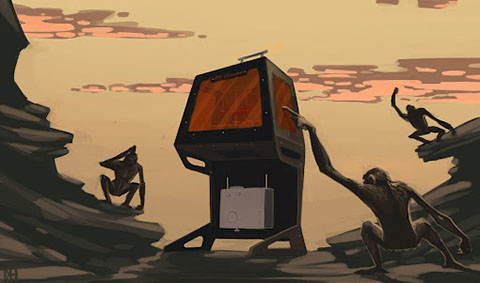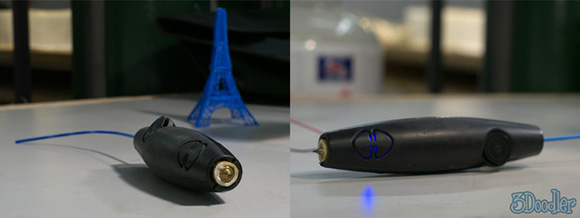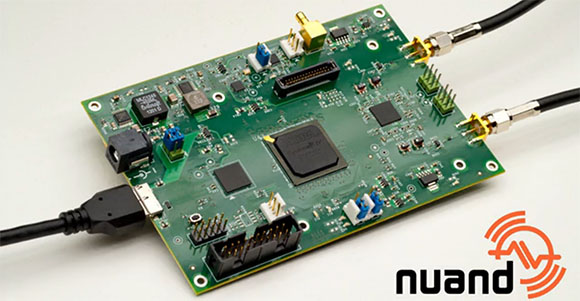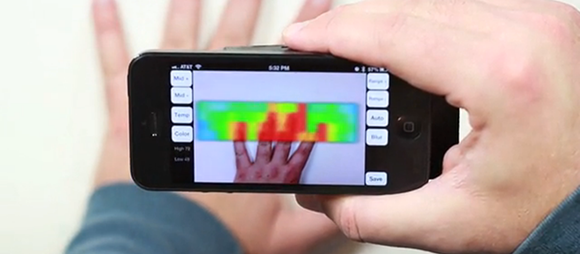
We’ve seen Kickstarter campaigns to put a single satellite into space and one to launch your own personalized postage-stamp sized satellite into low Earth orbit. This time, though, you can break the bonds of Earth and send your own Arduino compatible satellite on a collision course with the moon. The project is called Pocket Spacecraft, and exactly as its name implies, it allows you to send a small, flat, 8 cm diameter spacecraft to the surface of the moon.
The pocket spacecraft are made of metallized kapton, a very thin membrane stretched inside a loop of wire. On board this paper-thin spacecraft are a pair of solar cells and a bare die MSP430 microcontroller connected to a suite of sensors. Before launch, you can program your tiny space probe with commands to relay data back to Earth, either useful scientific data or a simple tweet.
These pocket spacecraft will be launched from a cubesat – a highly successful line of amateur spacecraft that are usually launched by hitching a ride with larger commercial satellites. To get from low Earth orbit to the moon is much harder than just hitchhiking, so the cubesat mothership comes equipped with either a solar sail or its own engine that electrolysed water into hydrogen and oxygen, the perfect rocket fuel.
Pocket Spacecraft is an amazingly impressive feat; there are literally dozens of amateur-built spacecraft orbiting above our heads right now, but so far none have ventured more than a few hundred miles away from their home planet. Getting to the moon with an amateur spacecraft is an amazing accomplishment, and definitely worthy of the $300 price tag.

 Nearly a year ago, the 3D printing scene saw a few new printers based on a technology other than squirting plastic out of a nozzle.
Nearly a year ago, the 3D printing scene saw a few new printers based on a technology other than squirting plastic out of a nozzle. 














